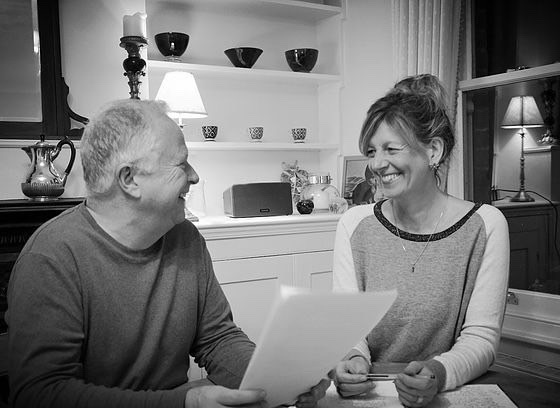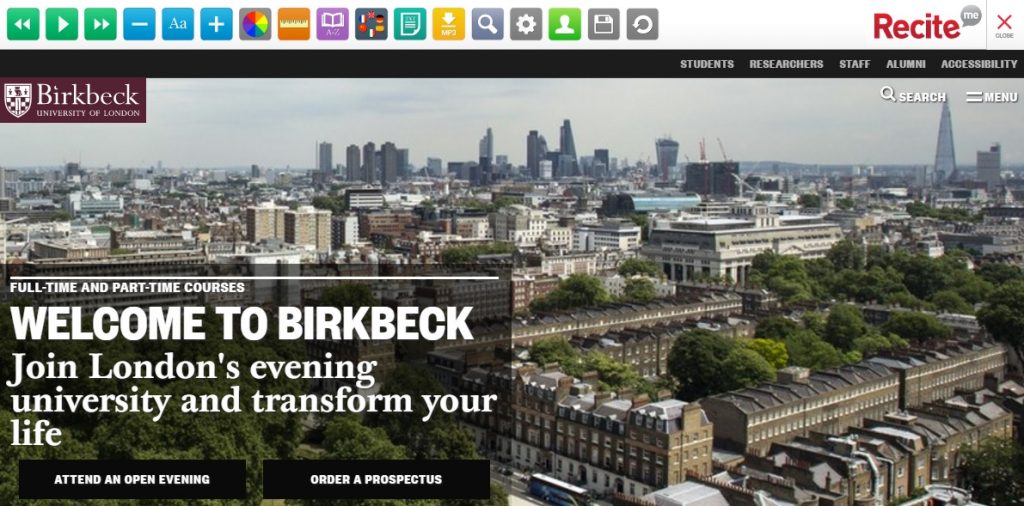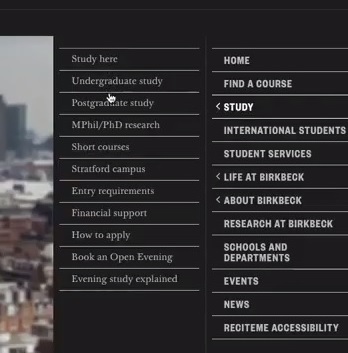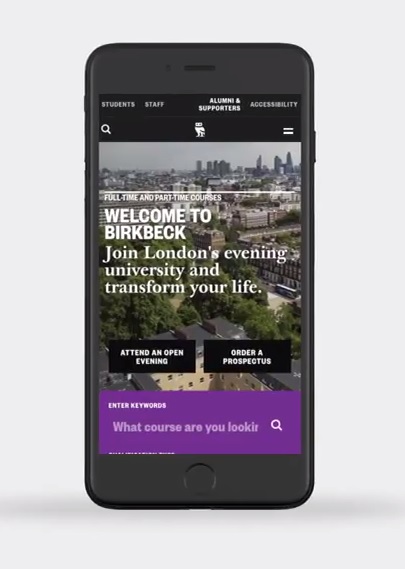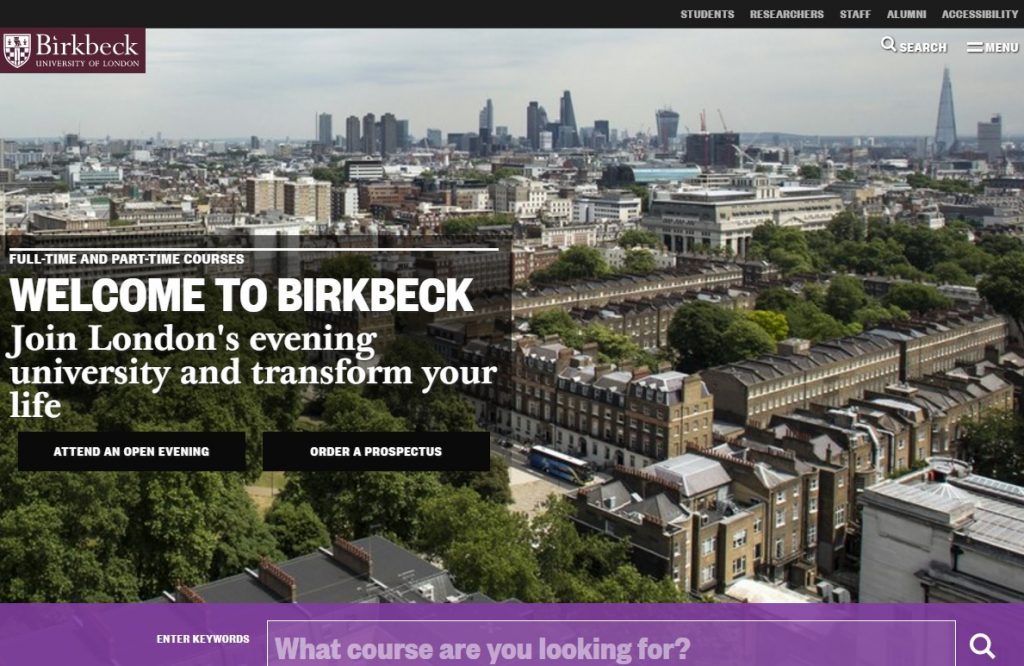Hanneke Kosterink, Counsellor and Supervisor at the Birkbeck Counselling Service offers advice for students managing the transition to university, and explains how visualising success can help you achieve it. 
The transition from school to university brings a range of new experiences and challenges. During this transition period, it is essential to find the right balance between studying and everything else including:
- getting to know the university
- settling into your course
- learning what is expected of you as a student
- discovering activities and social opportunities
- making new friends
Academic Challenges
Many students enjoy the intellectual challenge of university study, opting for courses and subjects that match their interests. However, adapting to academic study and understanding what is expected of you as a university student can be an intimidating experience and will require taking responsibility for your own learning, managing your workload and completing assignments to strict deadlines. This requires self-motivation and dedication.
In addition to making good use of the support services and study resources your university provides it may be helpful to learn the technique of visualisation to reach your academic goals.
Writing over 2000 years ago Aristotle described the visualisation process this way: “First, have a definite, clear, practical ideal; a goal, an objective. Second, have the necessary means to achieve your ends: wisdom, money, materials and methods. Third, adjust all your means to that end.”
Unfortunately, many of us remain stuck at the goal stage. We start out with good intentions and perhaps a plan, but then we can’t seem to make it happen. A hectic social life, job, hobbies, anxiety leading to procrastination can get in the way of achieving your academic goals.
Seeing is believing
Before we can believe in a goal, we first must have an idea of what it looks like. To paraphrase the old adage: we must see it before we can believe it. This is where visualisation comes in, which is simply a technique for creating a mental image of a future event. When we visualise our desired outcome, we begin to ‘see’ the possibility of achieving it. Through visualisation, we catch a glimpse of what is our preferred future. When this happens we are motivated and prepared to pursue our goal.
In the world of sports, this has been developed into a well-researched method of performance improvement.
How do well known British sportsmen and women use visualisation?
Wayne Rooney
Footballer Wayne Rooney is a firm advocate of mental preparation and the visualisation technique. “I lie in bed the night before the game and visualise myself scoring goals or doing well. You’re trying to put yourself in that moment and trying to prepare yourself, to have a ‘memory’ before the game.” Rooney sees his approach as fundamental to his sporting success. “I don’t know if you’d call it visualising or dreaming, but I’ve always done it, my whole life.”
Jessica Ennis-Hill
Ennis-Hill revealed her mental training tactic prior to the 2012 London Olympic Games: “I use visualisation to think about the perfect technique. If I can get that perfect image in my head, then hopefully it’ll affect my physical performance.”
Andy Murray
In order to mentally acclimatise before a major event, Andy Murray visits the centre court when the area is deserted and imagines his future success. “I want to make sure I feel as good as possible so I have a good tournament.”
Applying it to your study
There are two types of visualisation which ideally should be used together. The first method is outcome visualisation and involves envisioning yourself achieving your goal. To do this, create a detailed mental image of the desired outcome using all of your senses.
Let’s start with the big goal: getting your degree and attending your graduation ceremony. Visualise yourself on graduation day receiving your qualification with a good pass. Hold that mental image as long as possible. What does it feel like walking across the stage in your robe to collect your certificate from the Master? Who will be there accompanying you in the audience to cheer you on when it is your turn? Imagine the pride, relief, satisfaction and thrill as you hug your loved ones before heading for the marquee where the photographer is waiting to capture that special moment in your life.
Visualising how it might feel to graduate might help you to plan your studies and your time at university.
The second type of visualisation is process visualisation. It involves envisioning each of the actions necessary to achieve the outcome you want. Focus on each of the steps you need to achieve your goal, but not the overall goal itself. What are the demands and deadlines you will need to meet? Create a vivid mental picture of yourself succeeding, envision what you must do during each step of the process and like Rooney, Ennis-Hill and Murray use positive mental imagery to stay focused and motivated when you experience obstacles or setbacks.
Visualisation does not guarantee success. It also does not replace hard work and practice. But when combined with diligent effort and a strong support network, it is a powerful way to achieve positive behavioural change and create the life you desire.

